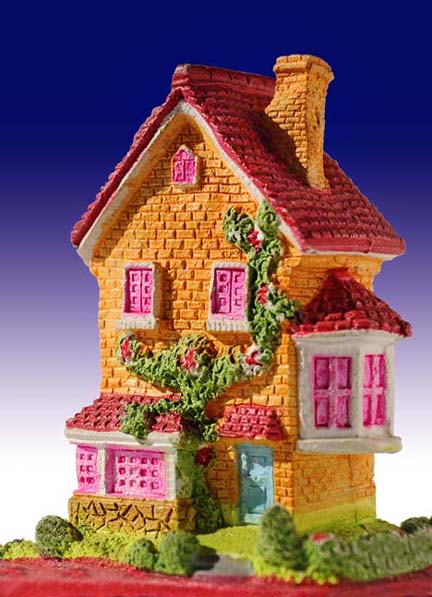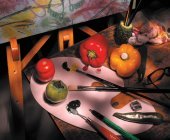|
Color in photography
Element of color in photography effects us emotionally. This is one of the most important element of a photograph, which conveys lots of visual and other information. It has its voice. Colors work as a team to tell about the content and purpose of a photograph. They can tell the story in a peaceful manner or they can yell.
Though a photograph is just a piece of paper, of visual information, color in photography is the element, which can actually stimulate other senses also. Photograph of a spicy dish can bring water in our mouth and a photograph of landscape in winter and snowfall can give us a chilling sensation. Colors can be warm and cool. Yellow, orange and reds are warm colors associated with heat and energy. Blue green and violet are cool colors associated with nature and water. Warm colors are used when we want to emphasis on our story. They give immediate impact but after a while, they become too much. Cool colors on the other end will keep a low profile, and we can enjoy them for a long period, as the effect is soothing.Colors are primary and secondary. Primary colors are more aggressive and demands proper placement in composition. They can make or spoil a photograph. Secondary colors play second fiddle, but they have to be pampered, as they have a low profile, they need treatment accordingly. All colors can be polluted with some other color or grey. In such case, they will give unexpected results. When they are mixed with white, they loose their volume and become calm. It is purely a subjective decision that how much you want to interfere with the character of a color. On a color wheel, colors next to each other are analogous colors, which creates harmony, Opposite colors on the color wheel will create strong contrast. We can use one single color in a photograph to create color harmony, but in this case, we have to balance it with help of the other elements of contrast. Black and white also are colors but as it falls in monochromatic and grey scale category, it has to blend with elements of tonality and contrast. Read more about how colors work in photography
Learn more about:
|






